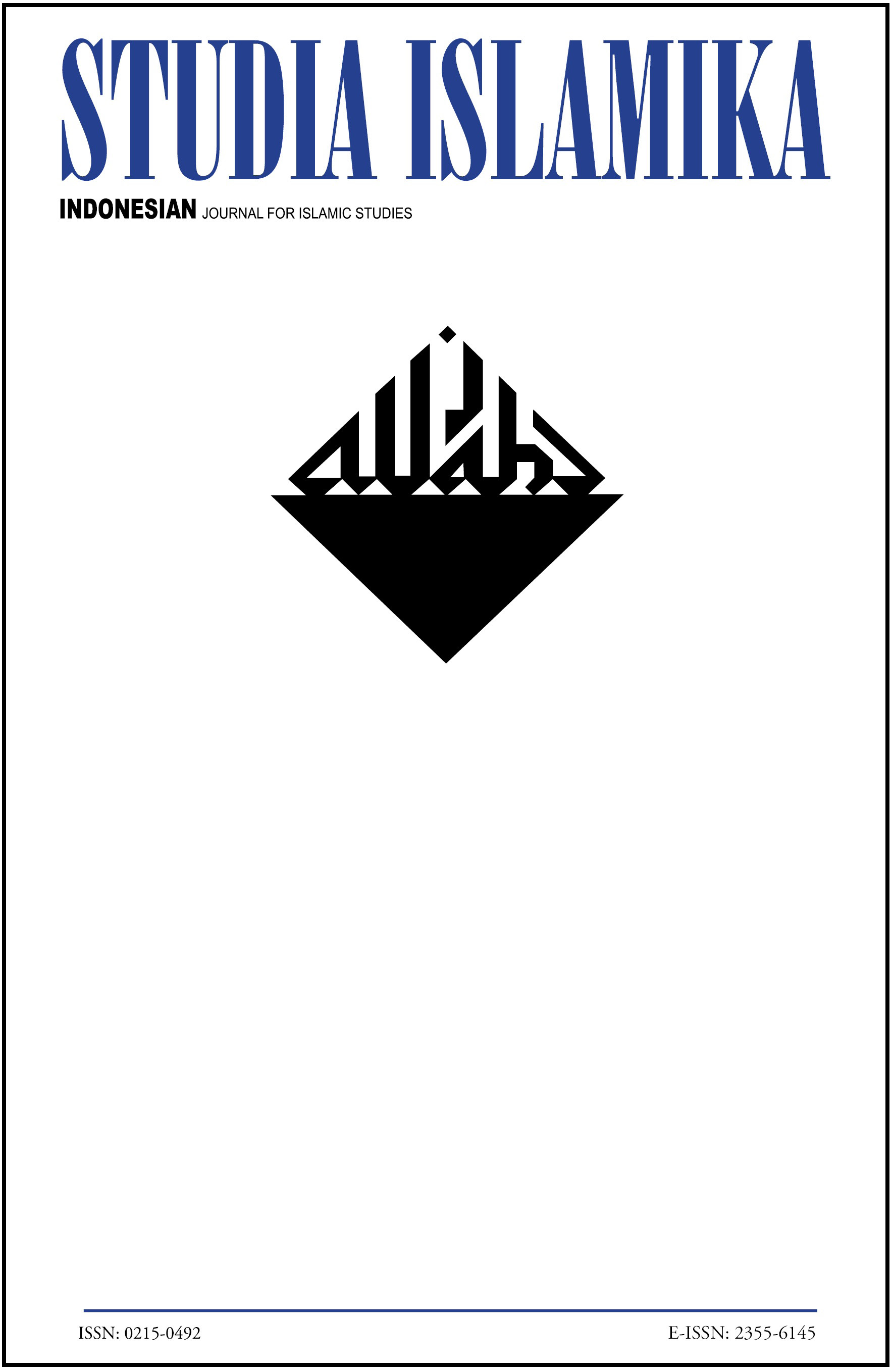Abstract
This article explains the political and historical roots of the making of Muslim political identities in Indonesia. It seeks to answer the question: why Muslim communities in Indonesia are inclined to grouping in such social differences between traditionalist (NU) and modernist (Muhammadiyah) organizations. These two organizations emerged as a model of social division based on religio-cultural groupings of Indonesian Muslims that emerged during the process of national identity construction in the late colonial period. Concerned with the historical development of Islamic organizations in the post-independent Indonesia, this article specifically examines the role of Masyumi in creating both unity and conflict in Muslim society, which occurred in the 1950s. However, this article’s principal explanation for the emergence of Muslim cleavages is the subsequent moment of elite conflict in response to the most important political development in Indonesia: the first national elections in 1955.DOI: 10.15408/sdi.v19i2.363Authors who publish with this journal agree to the following terms:
- Authors retain copyright and grant the journal right of first publication with the work simultaneously licensed under a Creative Commons Attribution License that allows others to share the work with an acknowledgement of the work's authorship and initial publication in this journal.
- Authors are able to enter into separate, additional contractual arrangements for the non-exclusive distribution of the journal's published version of the work (e.g., post it to an institutional repository or publish it in a book), with an acknowledgement of its initial publication in this journal.
- Authors are permitted and encouraged to post their work online (e.g., in institutional repositories or on their website) prior to and during the submission process, as it can lead to productive exchanges, as well as earlier and greater citation of published work.
Downloads
Download data is not yet available.

